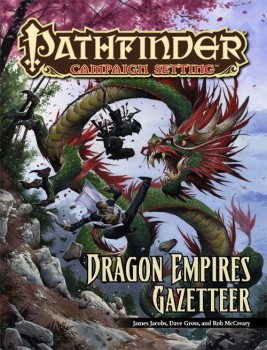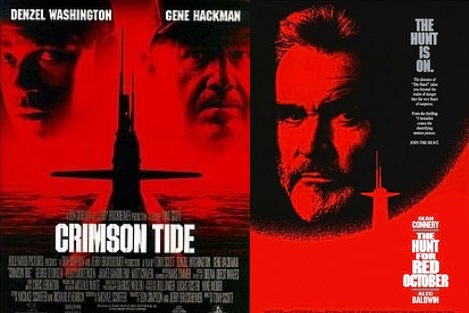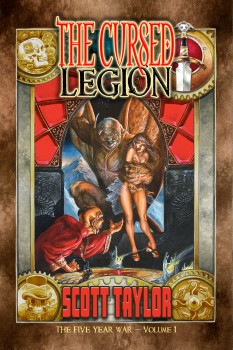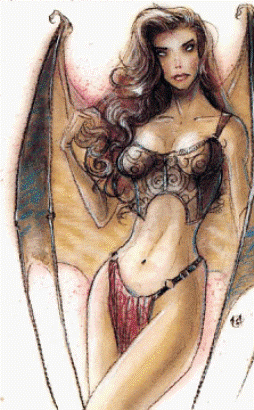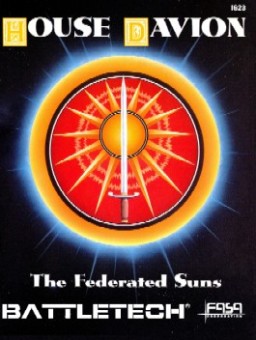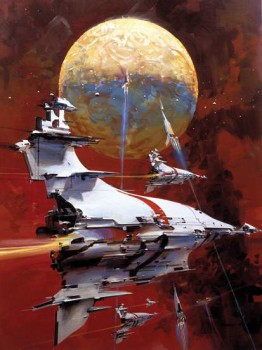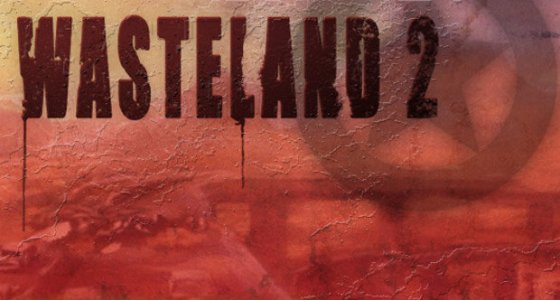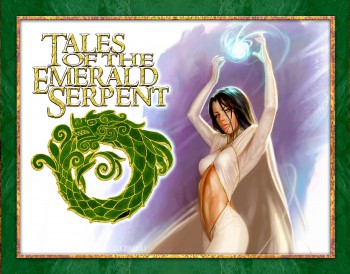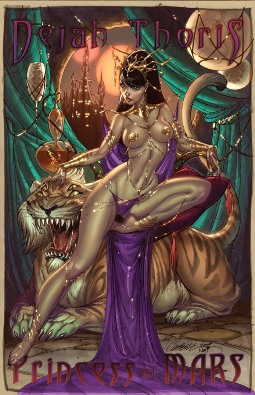Art of the Genre: The Top 10 Literary Sci-Fi/Fantasy Covers of the 1980s
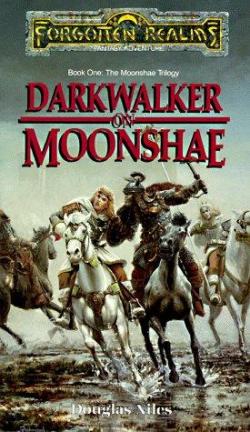
There is a line from the band ELO‘s song Ticket to the Moon, on their concept album Time, that says,
Remember the good old 1980s, when things were so uncomplicated, I wish I could go back there again, and everything could be the same…
I can’t listen to that album [and yes, I listen to ELO often, sue me] without having those words haunt me. You see, the 1980s were ‘my’ time. We all have this period, the decade from childhood to young adult that is seemingly perfect. I went from 9 to 19 in that decade, and it was pure unadulterated magic.
In that time I seemed to be playing GI Joes in my sandbox, blinked, and was attending my senior prom. I can’t tell you where the time went, just that it still resonates in my memory with a warm fuzzy feeling because it was all about me. I mean, isn’t that what your teens should be, a time all about you? There are no mortgages, monthly bills, children to ferry about, wives or husbands to cater to. Sure, there’s school, gas money, some relationship hassle, and a summer job, but realistically that’s window dressing to a period in which you can explore nearly anything you wish and are encouraged to do so.
So, that being established, it isn’t hard to imagine that I see everything that happened in the 1980s with rose-colored glasses. This can certainly be said about the literature of the era. Now given, I’ve gone back and reread a few books from my youth, and each time the shine isn’t what it was on first reading, but nonetheless, the art on those book covers still retains the luster of a bygone age.
It was in the 1980s that I first fell in love with fantasy art, and to a certain degree science fiction art, although I think that particular genre was waning as fantasy came into full bloom with the advent of Dungeons & Dragons. To me, there is nothing better than what I found on the shelves in those years, each title laying the foundation for my life in a profound and lasting way.
